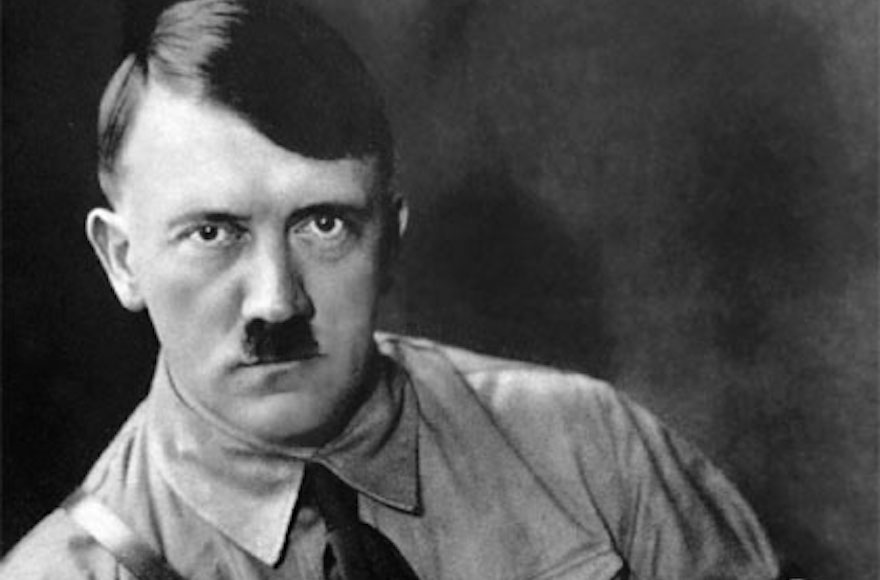BERLIN (JTA) – Hitler continues to fascinate, and a new exhibition in Berlin is proof with its most sensational attraction: a reconstruction of the bunker where Hitler took his life in April 1945.
More than 20,000 visitors reportedly have poured in to see the exhibition titled “Hitler: How could it happen” since its opening two months ago. Billed as the “world’s largest documentation about Hitler,” the exhibition was created in four months at a cost of $1.5 million.
Meant to show the dangers of dictatorship, the exhibit also contains thousands of documents, photos and objects that tell the life story of the Nazi dictator, ending with his suicide.
Historian Wieland Giebel, the exhibit’s curator, and museum entrepreneur Enno Lenze told the German media that they wanted to show how low a society can go when it hands over the reins to a dictator. Their re-created bunker is behind glass and, like the wax figure of Hitler in the nearby Madam Tussauds, cannot be photographed by visitors.
Giebel, 67, told Reuters he has been accused of promoting a “Hitler Disney” for re-creating the bunker. His answer: “This room is where the crimes ended, where everything ended, so that’s why we’re showing it.”
Hitler’s actual underground bunker was destroyed in 1947; its site is marked by an informational sign. Several civilian bomb shelters – like the one used for this museum – still stand in the city, nearly indestructible by conventional means.
Before opening the new Hitler-centric museum, Lenze ceremoniously destroyed a clay bust of the dictator and added the shards to a pile of rubble in the exhibit.
Exhibits featuring images of Hitler remain controversial in Germany. Curators of an exhibit about Nazi propaganda in the German Historical Museum some years ago deliberately relegated mass-produced busts of Hitler to a glass case that appeared difficult to photograph because of glare.
In July 2008, one of the first visitors to Madame Tussauds in Berlin lopped off the head of the wax Hitler, who was depicted sitting at a desk with a morose expression. It was repaired and visitors were barred from approaching and taking selfies.
JTA has documented Jewish history in real-time for over a century. Keep our journalism strong by joining us in supporting independent, award-winning reporting.






